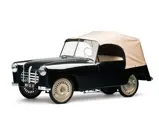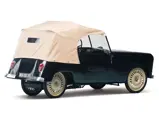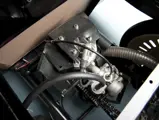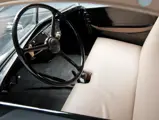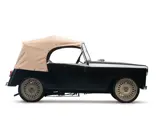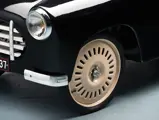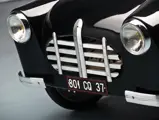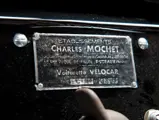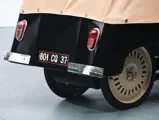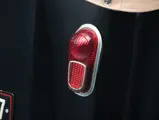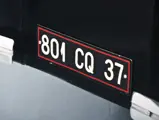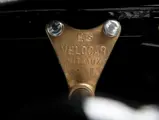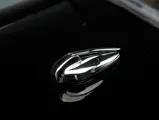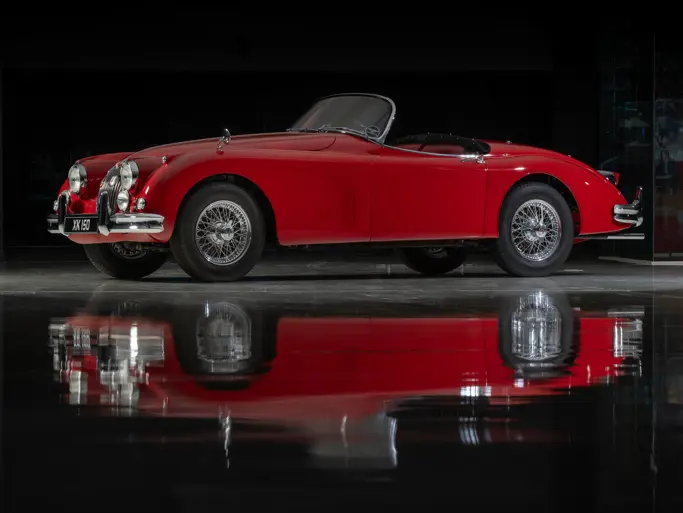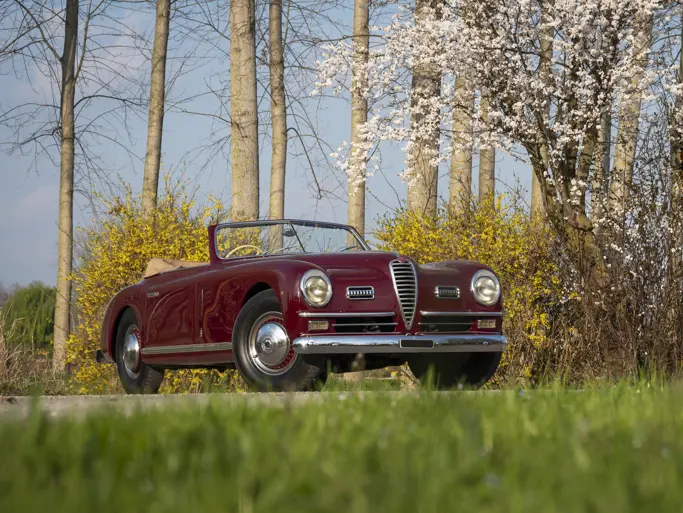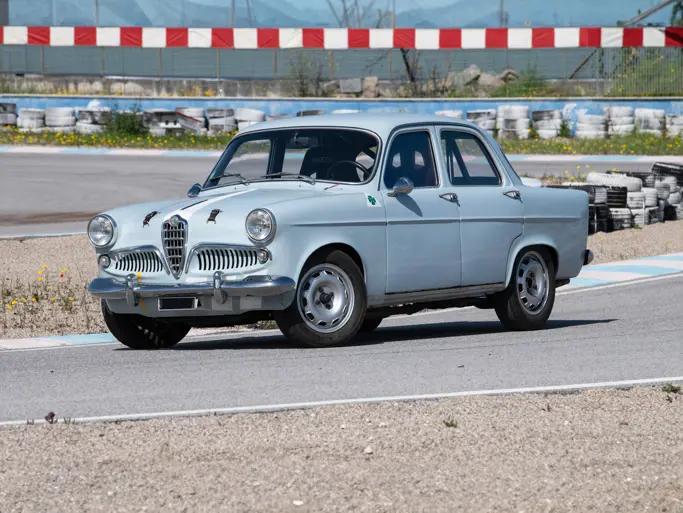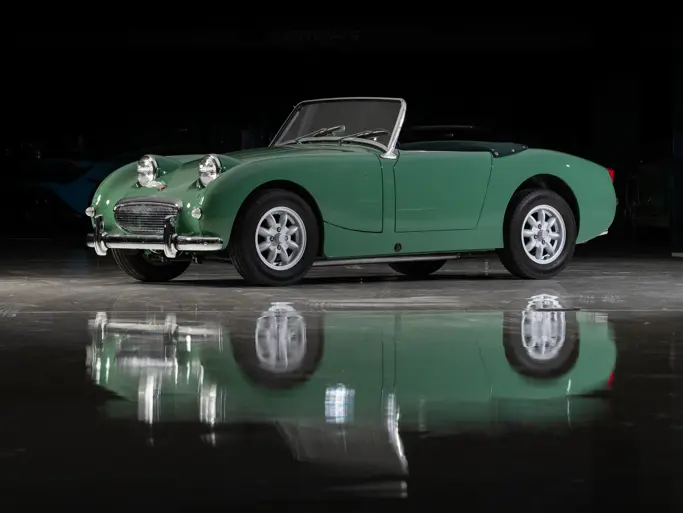The Bruce Weiner Microcar Museum
1953 Mochet CM-125 Grand Luxe
{{lr.item.text}}
$20,125 USD | Sold
 | Madison, Georgia
| Madison, Georgia
{{internetCurrentBid}}
{{internetTimeLeft}}

An elegant, highly evolved French microcar.
SPECIFICATIONS
Manufacturer: Charles Mochet
Origin: Puteaux, France
Production: 1,250
Motor: Zurcher 1-cyl., 2-stroke
Displacement: 125 cc
Power: 3.5 hp
Length: 8 ft. 4 in.
Identification No. 3397
By late-1952, it was clear that France was finally experiencing a recovery from the convulsions of the Second World War. It had taken the bold step of creating the European Coal and Steel Community in partnership with Germany, which presaged today’s EU. This newfound prosperity and optimism was reflected in the 1952 Paris Salon, which presented the cars of 100 makers, most of which displayed a dazzling array of the sleek, new integrated-fender body styles, from Rovin’s frugal D4 to Bugatti’s three million franc Type 101.
This prosperity did not necessarily extend deep into the villages of the rural countryside, where the minimalist vehicles of Georges Mochet still perfectly suited the lifestyle of doctors, priests, tradesmen, and farmers. The iconic pedal-powered Velocar had evolved into the motorized Type K, which had become the classic Mochet CM-125 and was selling briskly enough, but it was clear that the range needed expanding to meet changing needs.
The fall of 1952 saw the introduction of two new Mochet models that sold alongside the CM-125 Luxe. These were a Camionette, or mini-truck, called the CM-125 Commerciale and an attractive pontoon-bodied roadster called the CM-125 Grand Luxe, which fitted more comfortably into the modern styling idiom.
The Grand Luxe, like the Commerciale, was slightly longer than the Luxe, which allowed for a sleeker, more sporting body style. The chassis was the same for all three models, so the new doorless body, built by pre-war coachbuilder Antem, originally sat on the same spidery wire wheels as the Luxe, giving the car a distinctive yet appealing pedal-car look. These wheels would soon be replaced by the solid, perforated disc-type, and the car would acquire a pair of doors. It featured headlamps built into the integrated fenders. A pleasingly shaped grille included polished aluminum slats, and it was framed on both sides by short aluminum bumperettes. There was a well-proportioned, tapering two-piece windshield, and the stylish flip-top cap for the fuel tank was centrally situated in front of it.
Mechanically, the car retained the same chassis as on previous models, with the Zurcher motor suspended on two quarter-elliptic leaf springs and started by a hand lever in the cockpit. There were three speeds and a neutral position on the centrally-placed gear lever. This well-restored example has been finished in a deep black, which exhibits a wonderful shine, and it is complemented by equally refinished brightwork. The dark hue is complemented by cream perforated disc wheels and a nicely fitted tan top.

